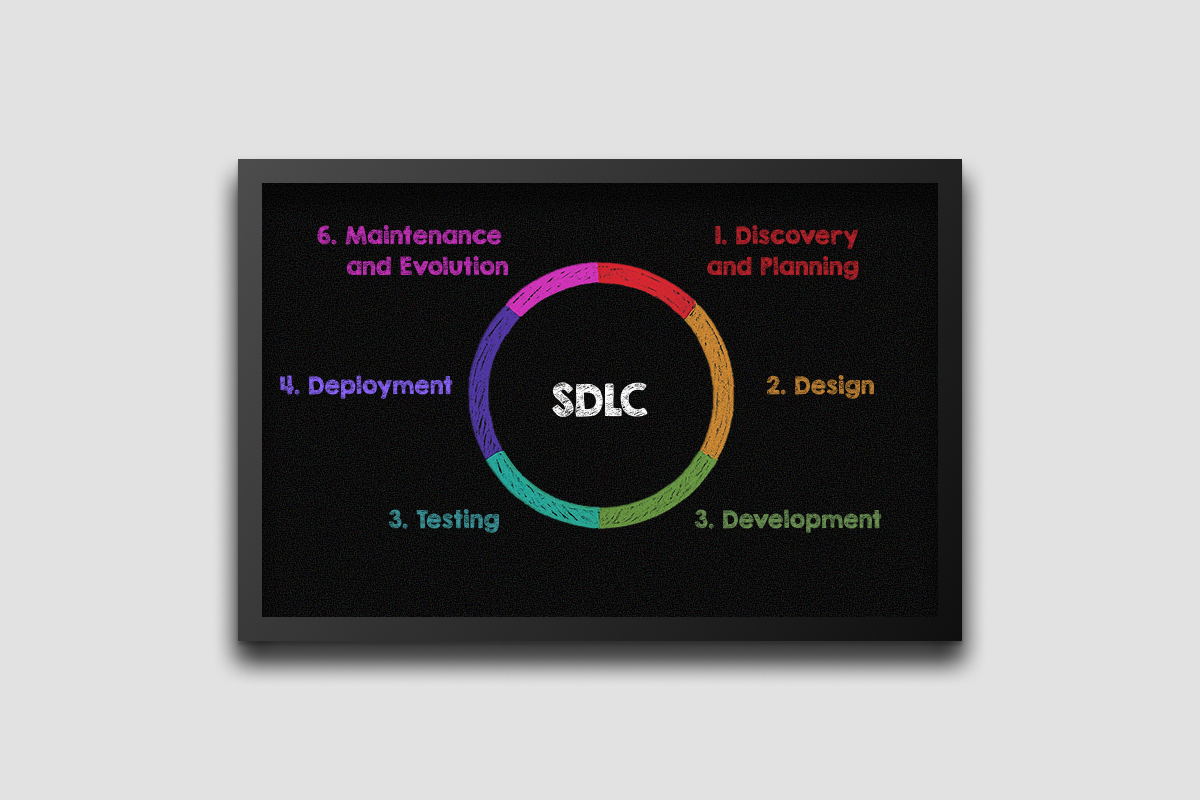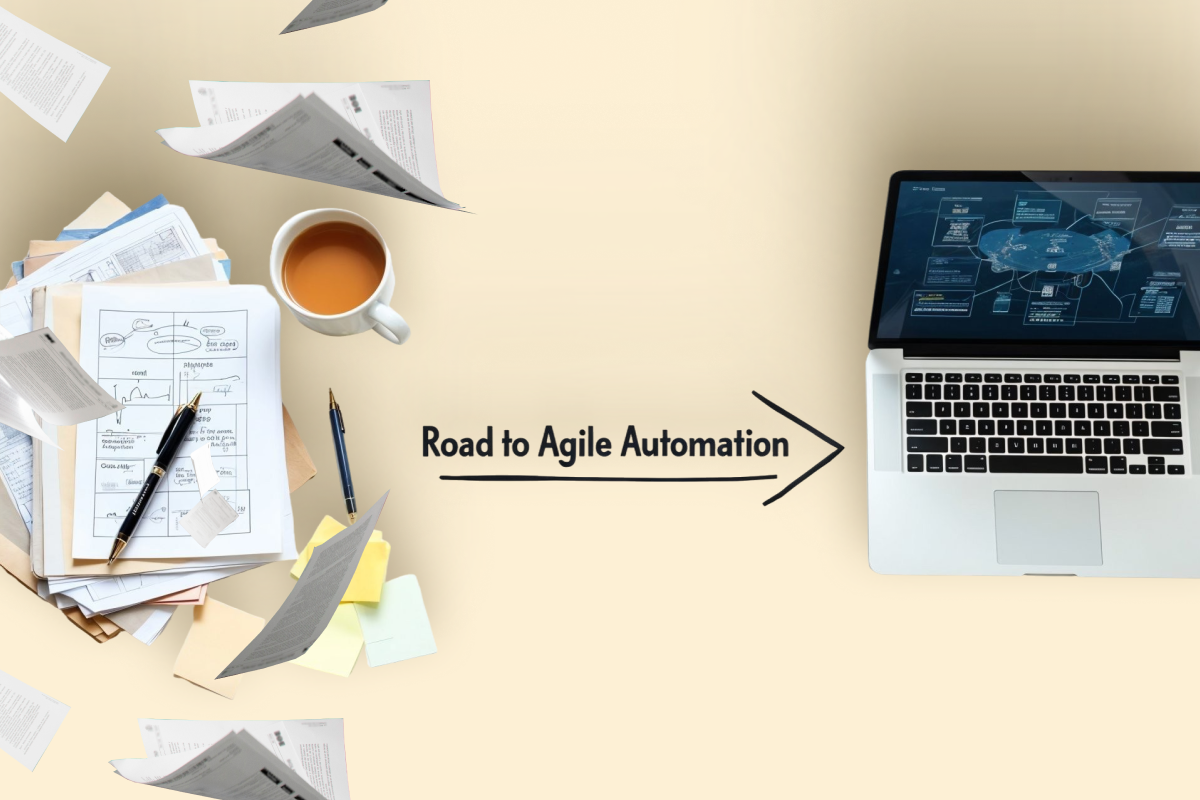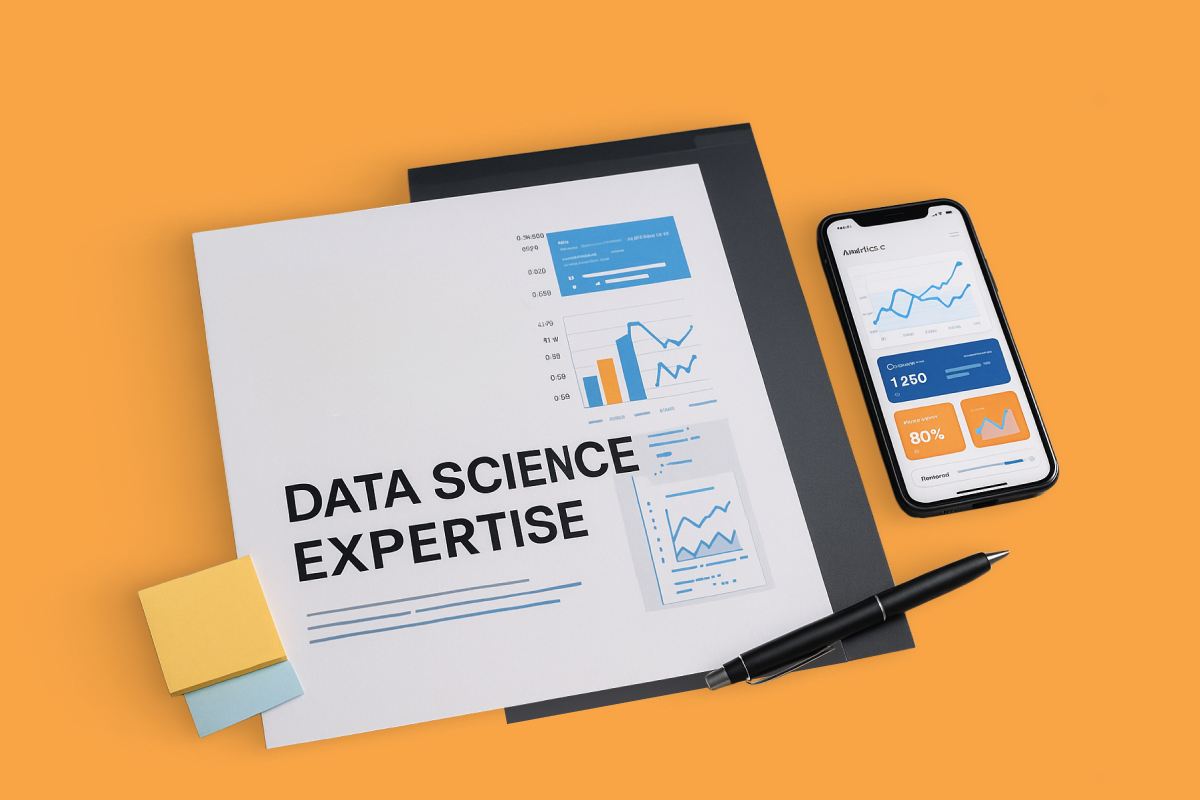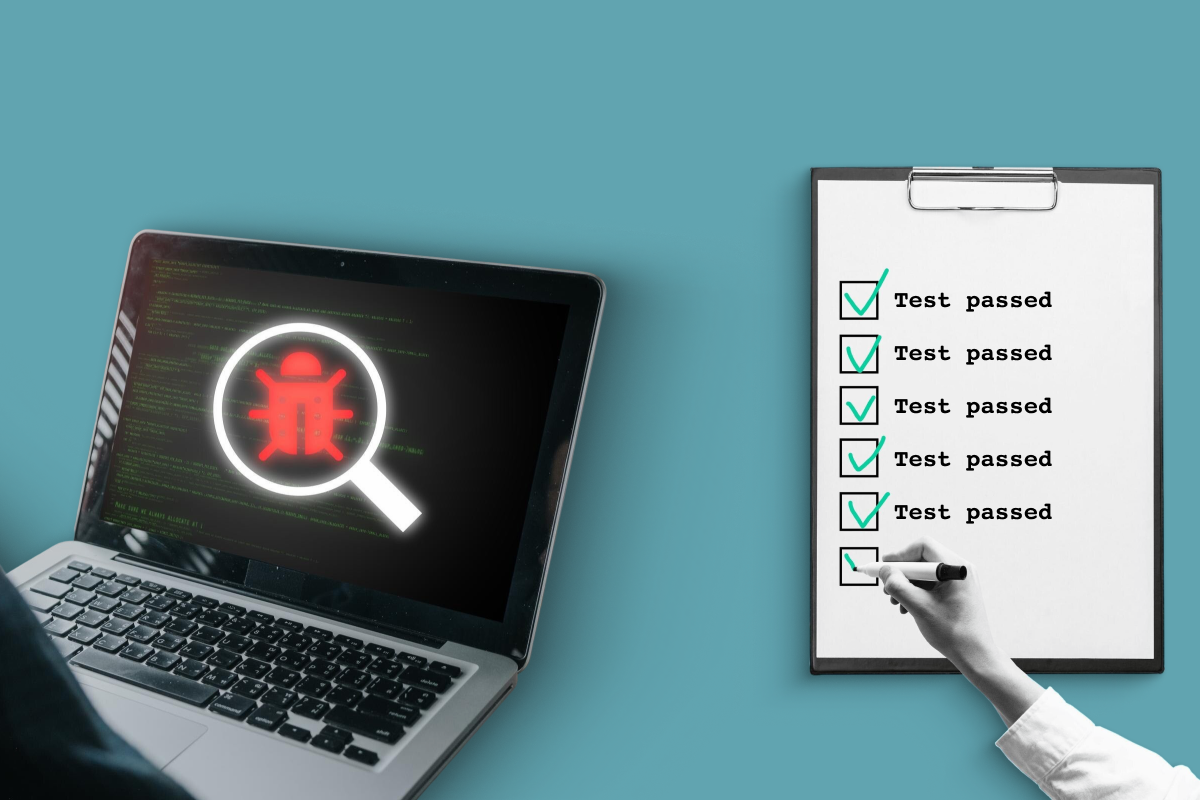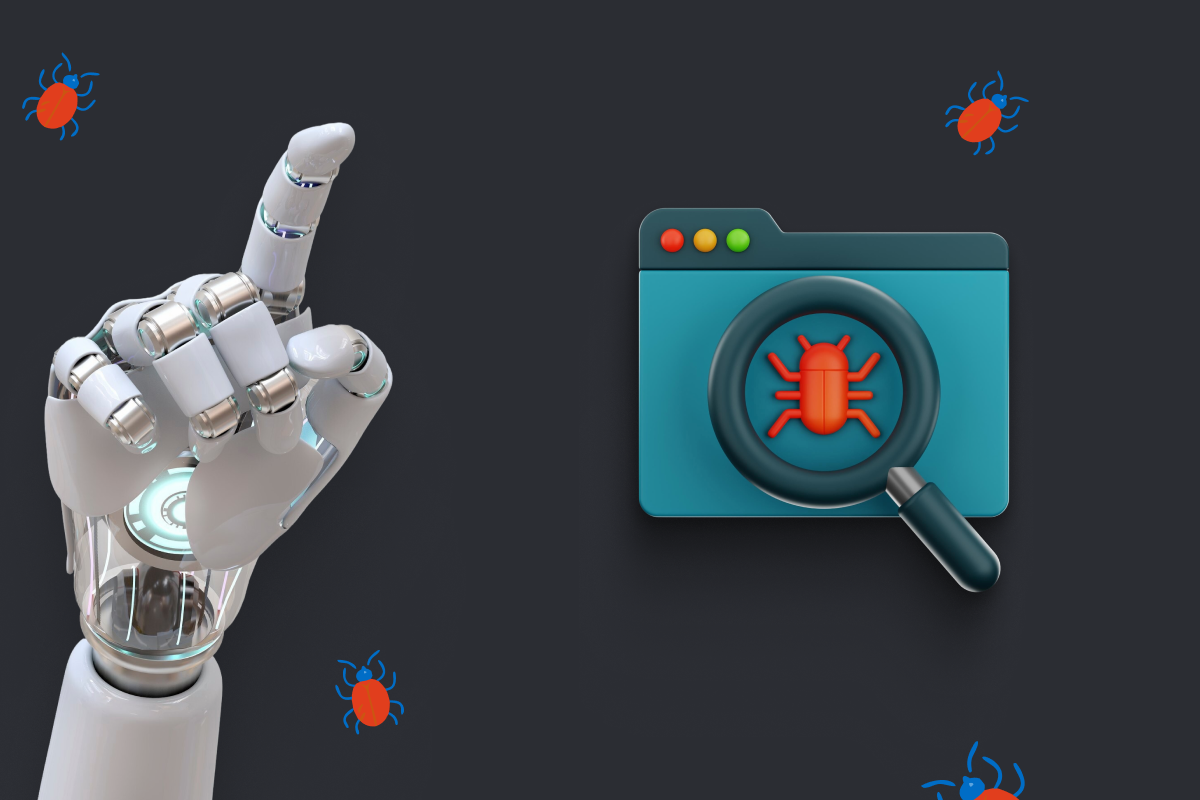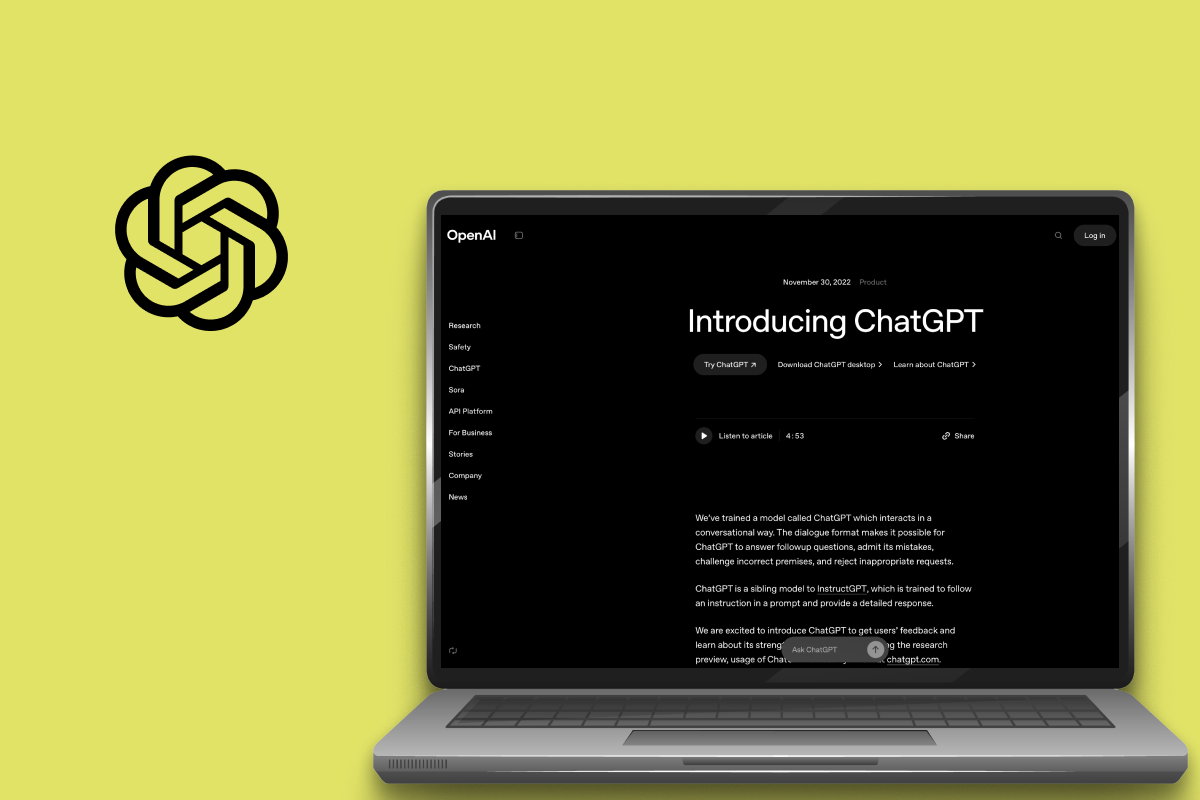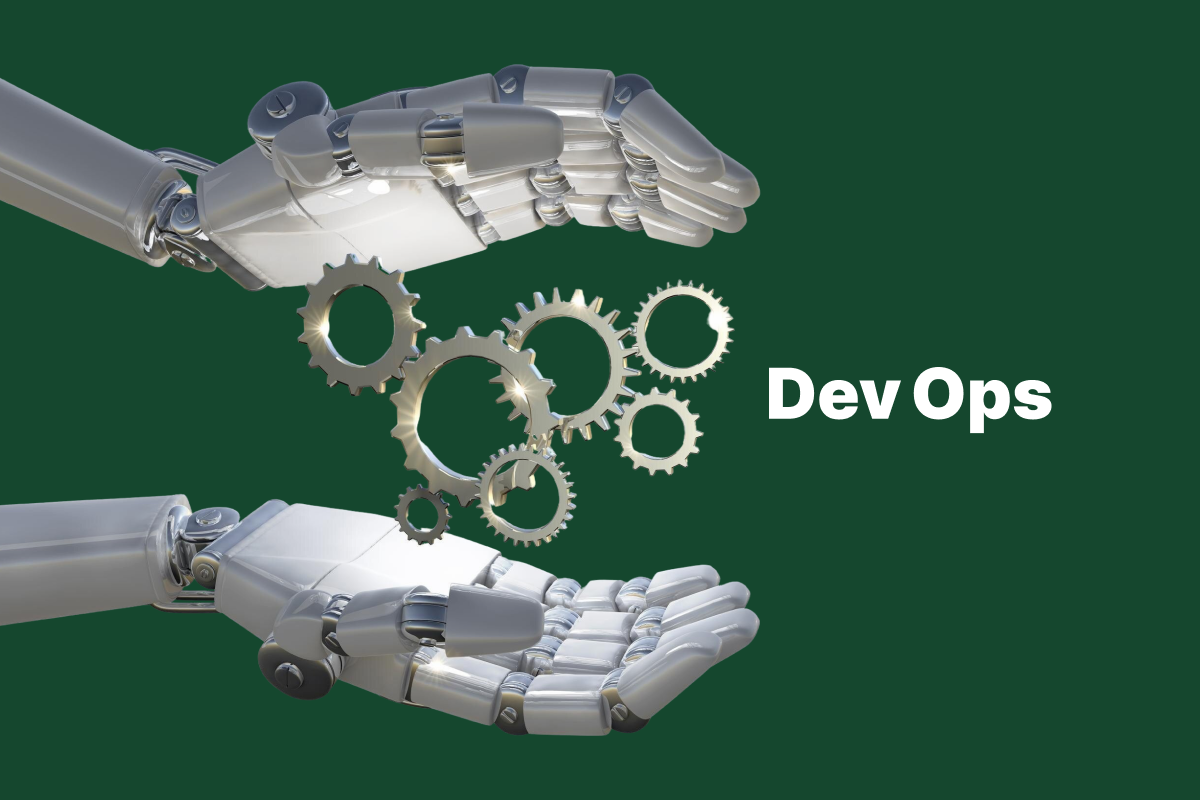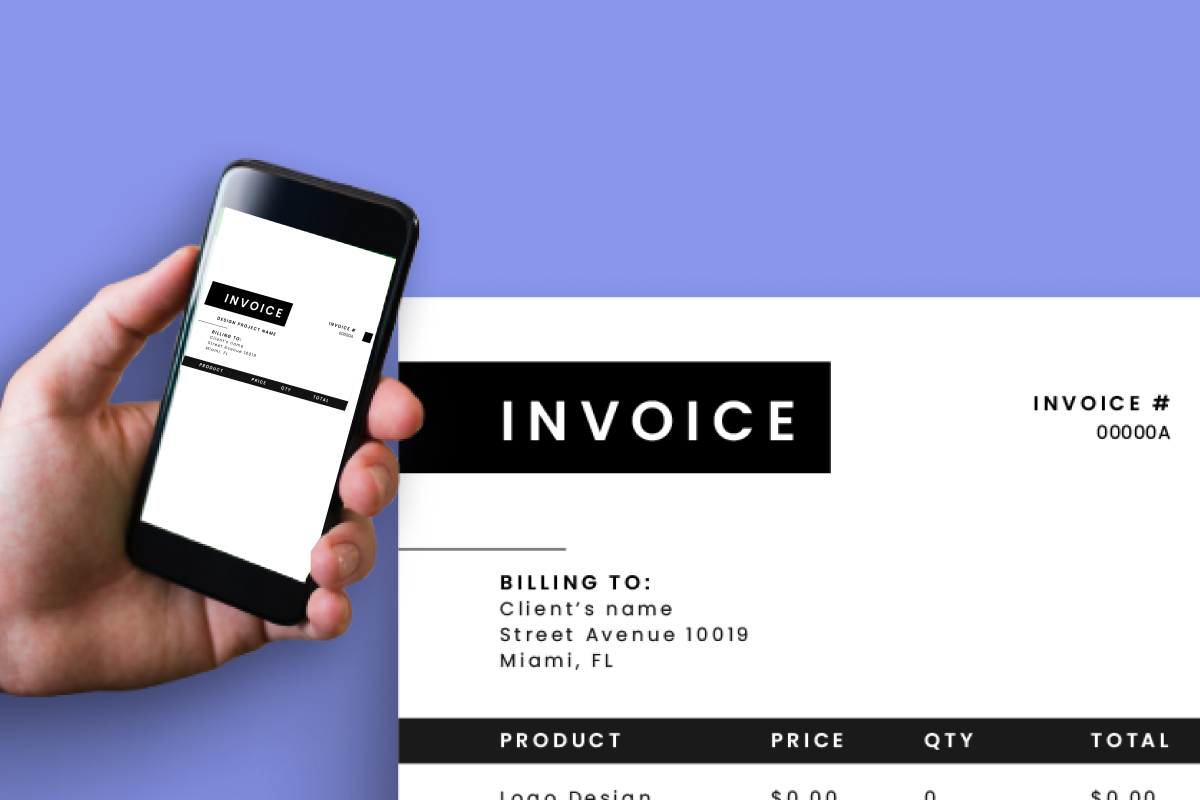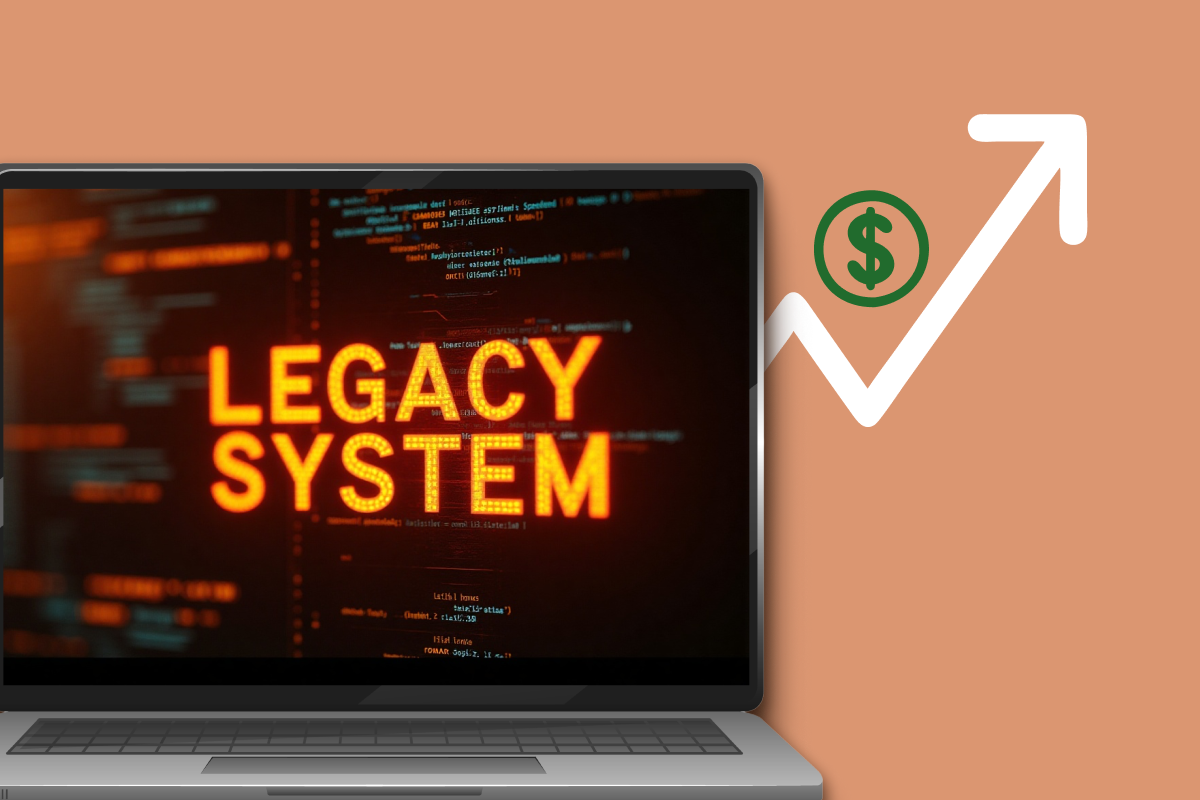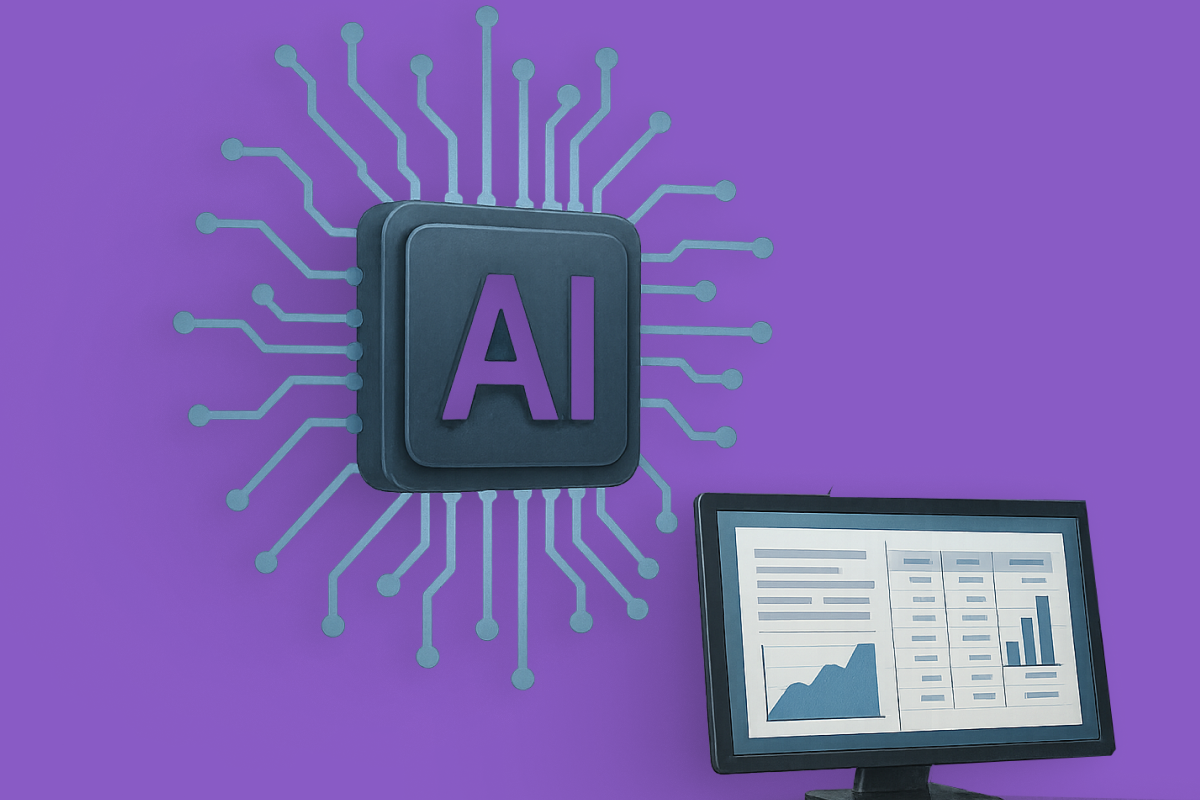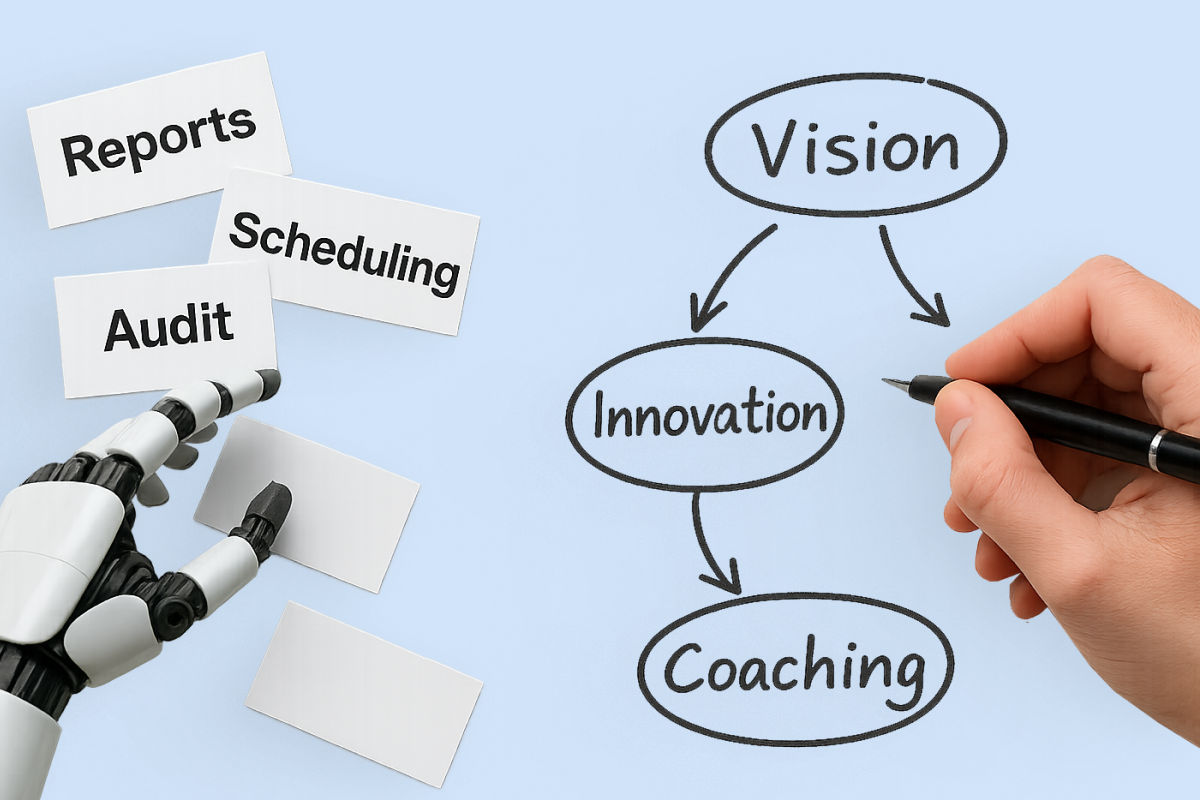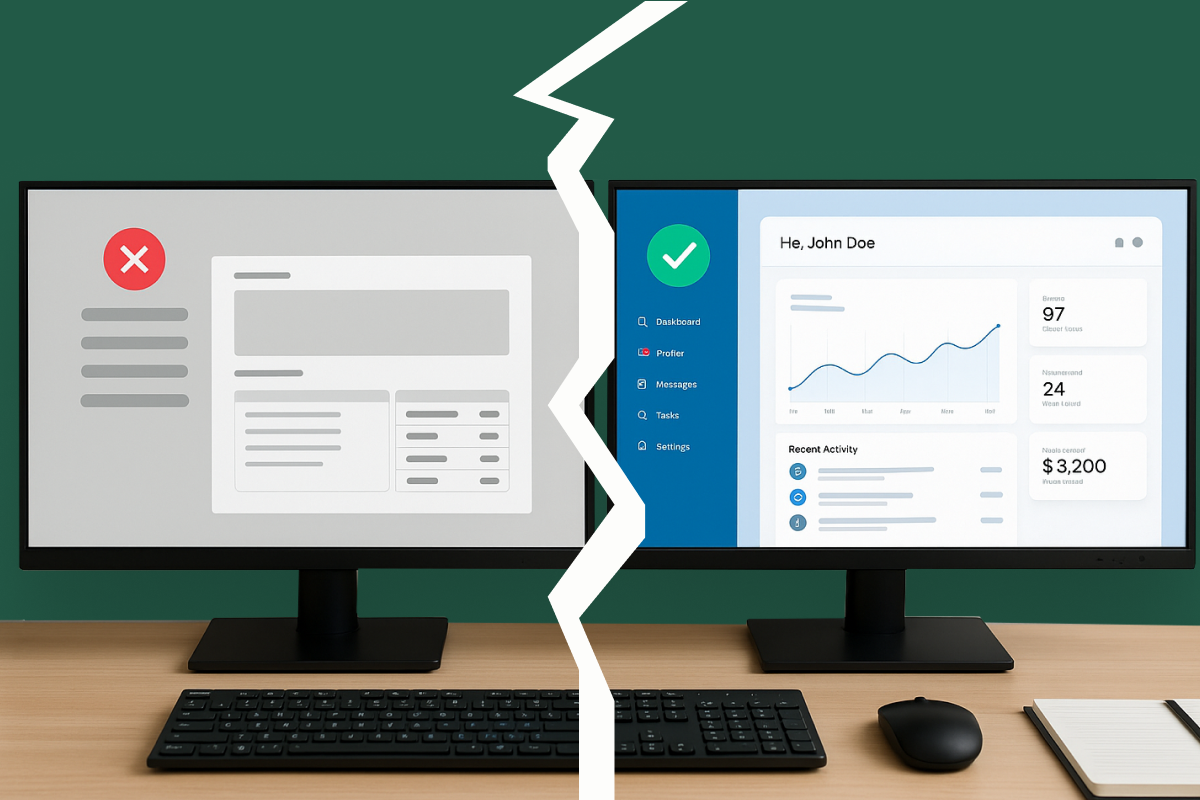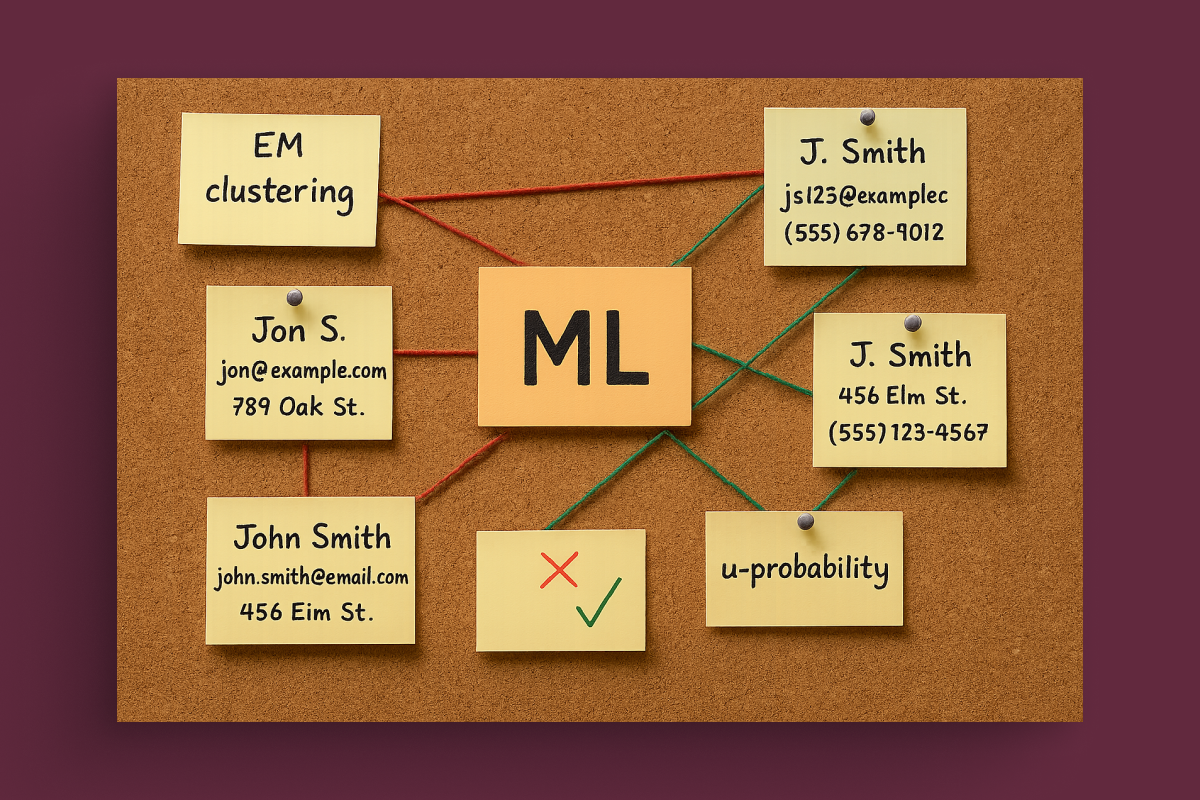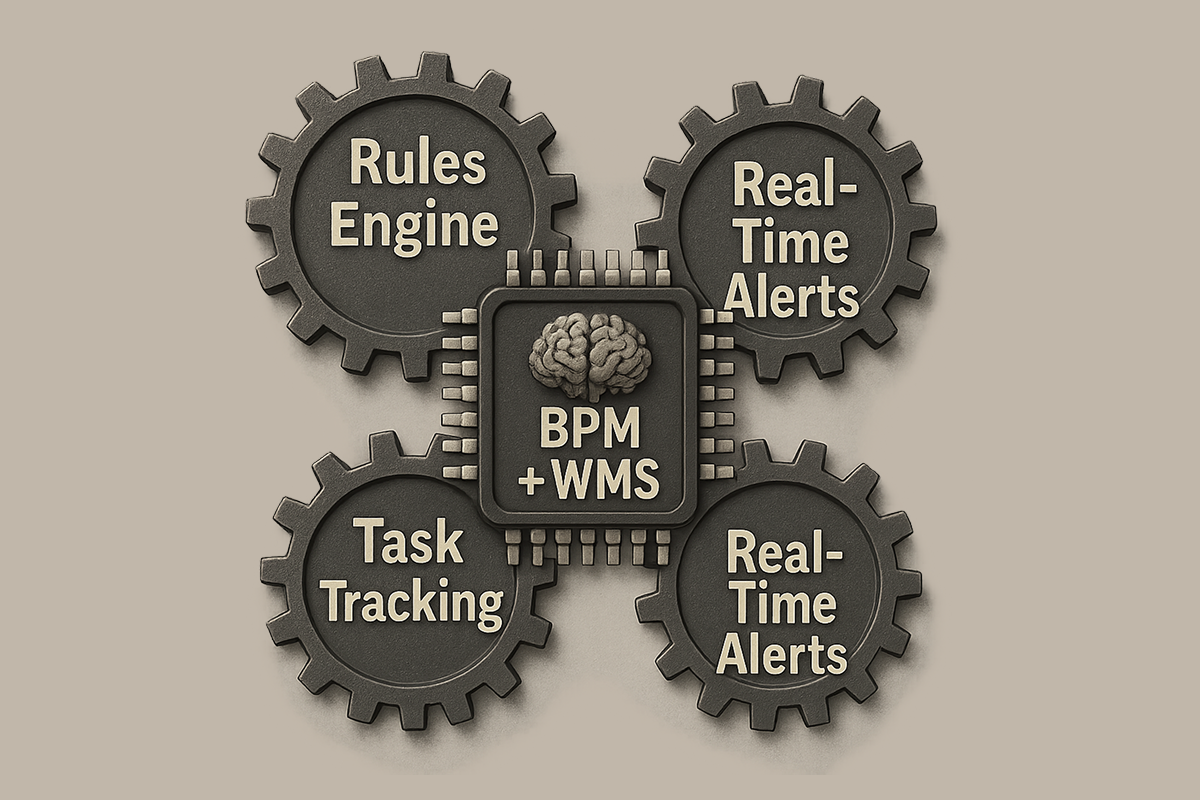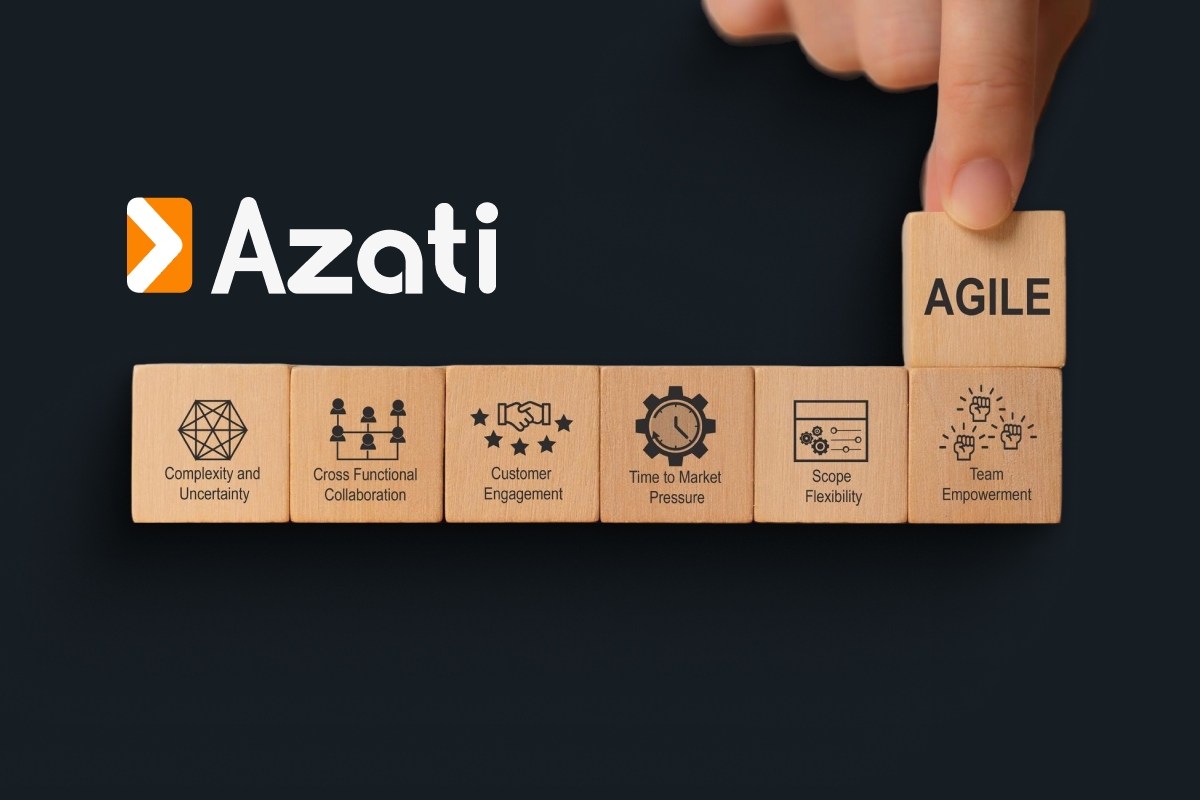Why “Sometime” Just Became “Soon“.
When Google’s former China president Kai-Fu Lee compares artificial intelligence to electricity, he is not indulging in hyperbole. In the late 19th century, factories that lagged in electrification disappeared; today, companies that delay AI adoption risk the same fate. Five years ago, AI felt experimental for most industries. Now it quietly audits invoices, sorts X-rays, reroutes delivery vans, and prices insurance policies - often inside firms that used to call themselves “traditional.”
Two forces make the change irreversible:
- The shift from discovery to deployment. Lee notes that early AI breakthroughs demanded PhDs, papers, and prestige. Today’s breakthroughs revolve around implementation - integrating off-the-shelf models with proprietary data and workflows. The scarce resource is no longer theory; it is the will and know-how to put models into production.
- Data gravity. China’s ascent in Lee’s “four waves of AI” (Internet, Business, Perception, Autonomous) was powered less by algorithms than by oceans of user data. The lesson for every firm, regardless of geography, is that the competitive moat now lies in domain-specific data you already collect but rarely exploit.
The Four Waves and Where You Fit
Internet AI
E-commerce and media platforms personalize feeds and offers. Brick-and-mortar can do the same by marrying online footprints with loyalty data.
Business AI
Banks, insurers, wholesalers, and B2B service providers sit on years of structured data - exactly the type of training fuel that machine-learning systems crave for credit scoring, fraud detection, and demand forecasting.
Perception AI
Sensors, cameras, and speech interfaces turn warehouses, farms, and retail aisles into data-producing assets. Falling hardware costs mean even mid-sized companies can deploy vision or voice solutions once reserved for tech giants.
Autonomous AI
Self-driving cars grab headlines, but autonomy also applies to mining trucks, lawn mowers, and routine office workflows (think “no-hands” loan approvals). Adoption here snowballs when earlier waves are in place.
Getting Past the “Where Do We Start?” Moment
Business owners tell the same story: “We know AI matters, but we don’t know which problem to tackle first.”
Step 1: Pinpoint a narrow, high-value pain point.
Look for repetitive decisions made at scale: classifying warranty claims, predicting late shipments, triaging customer emails. A well-chosen micro-use case will finance broader AI ambitions through its own ROI.
Step 2: Audit and clean your data exhaust.
Thirty percent of AI projects stall because data is siloed, mislabeled, or inaccessible. A modest investment in data hygiene often yields more value than a moon-shot model. (We keep saying it)
Step 3: Marry insiders with outsiders.
Domain experts know why a process matters; data scientists know how to translate that process into features, labels, and loss functions. Successful teams overlap both worlds and meet daily, not quarterly.
Step 4: Prototype, measure, repeat.
AI is empirical. Launch a proof-of-concept in 90 days, measure with a single metric everyone understands (e.g., claim-review minutes per case), and iterate. Momentum outruns perfection.
The takeaway for business owners is clear: AI is no longer about visionary leaps; it is about disciplined steps taken now. Choose a focused problem, mobilize the data you already possess, and commit to a 90-day pilot. The companies that do will discover, that the age of implementation rewards speed over perfection. Those that don’t may soon resemble the steam-powered factories of the past - historic, but out of market.







